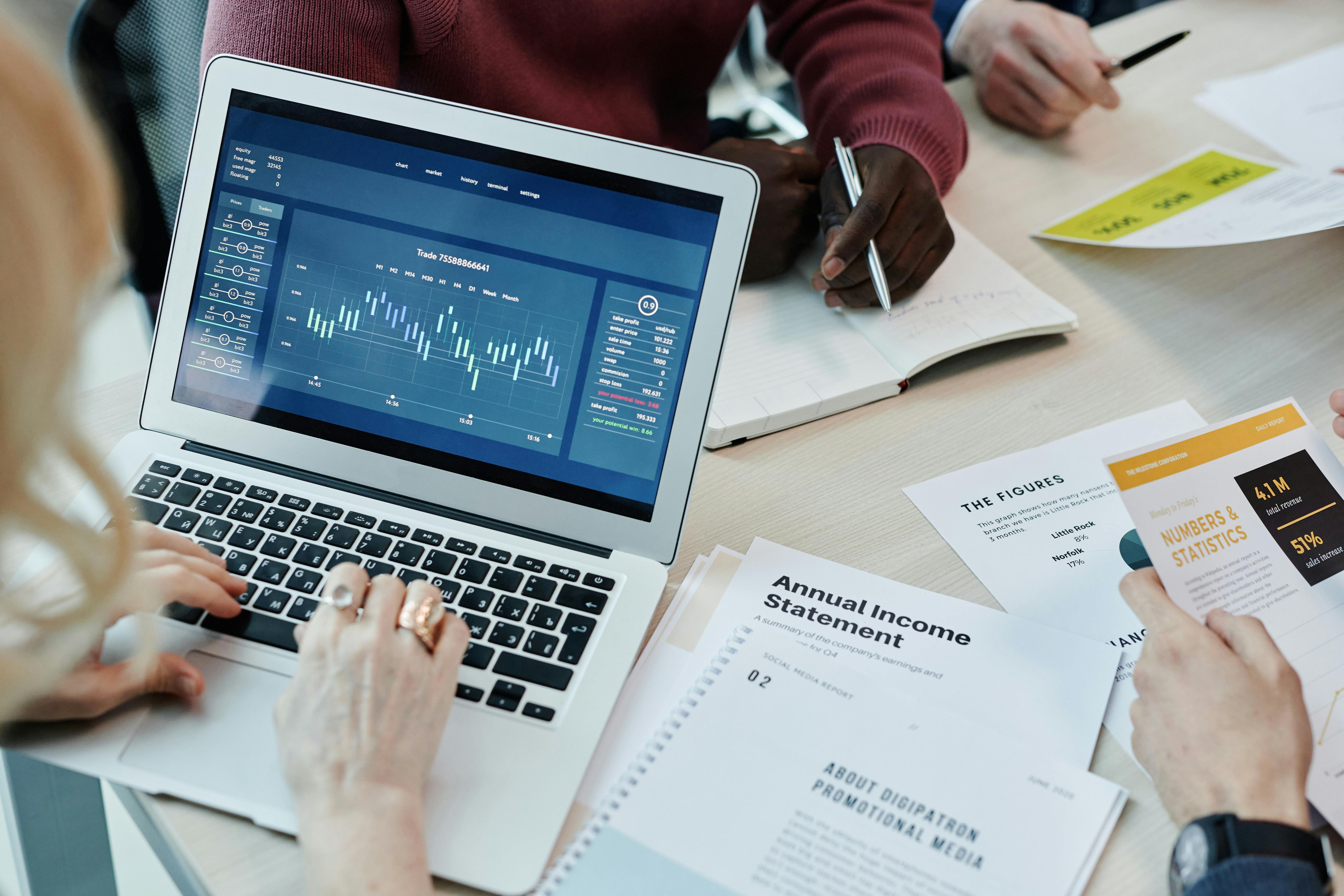Global X SuperDividend ETF (SDIV): Detailed Analysis for Early Investor
Tagline: Make your Portfolio Roar® with Consistent Monthly Income
1. Introduction
Income investors are always on the lookout for reliable, high-yield opportunities. The Global X SuperDividend ETF (SDIV) has become a staple for those seeking monthly payouts and global diversification. But does its high yield come with hidden risks? In this comprehensive analysis, we’ll break down SDIV’s structure, holdings, performance, risks, and suitability for different types of investors.
Keywords: SDIV ETF analysis, monthly dividend ETF, high yield ETF, income investing, global dividend stocks, ETF risks, portfolio income
2. What Is SDIV?
SDIV is an exchange-traded fund launched by Global X in 2011. Its mission: deliver high monthly income by investing in 100 of the world’s highest dividend-yielding equity securities. SDIV is unique for its global reach, monthly distributions, and focus on yield rather than growth.
- Ticker: SDIV
- Issuer: Global X
- Inception Date: June 8, 2011
- Expense Ratio: 0.58%
- Dividend Frequency: Monthly
- Number of Holdings: 100
3. Investment Strategy & Holdings
A. Selection Methodology
SDIV screens global markets to select 100 stocks with the highest dividend yields. It caps individual holdings to avoid over-concentration and rebalances quarterly.
Key Features:
- Global Diversification: Holdings span North America, Europe, Asia, and emerging markets.
- Sector Spread: Heavy in real estate, financials, utilities, energy, and consumer staples.
- Equal Weighting: Each stock receives roughly a 1% allocation at rebalancing.
B. Top Holdings (as of July 2025)
Holdings change quarterly, but typically include:
- Real estate investment trusts (REITs) from the US, Australia, and Asia
- Global banks and insurers
- Utility and energy companies
- Telecoms and infrastructure firms
Sample Top Holdings:
- Annaly Capital Management (NLY)
- BHP Group (BHP)
- Banco Santander (SAN)
- New Residential Investment Corp (RITM)
- British American Tobacco (BTI)
4. Performance Overview
A. Yield
- 12-Month Trailing Yield: 7–10% (varies with market conditions)
- Monthly Distributions: Consistent, but payout levels can fluctuate
B. Total Return
- Long-Term Returns: SDIV’s total return (dividends + price appreciation) has lagged the S&P 500 and other broad market ETFs due to the nature of high-yield stocks, which can be riskier and more volatile.
- Price Performance: SDIV’s share price has generally trended down or sideways over the past decade, reflecting the riskier profile of its holdings.
C. Volatility
- Higher Volatility: SDIV can be more volatile than broad market or blue-chip dividend ETFs due to its exposure to riskier companies and emerging markets.
5. Risks and Considerations
A. Dividend Sustainability
- High Yield = Higher Risk: Many high-yield companies are in cyclical or distressed sectors, increasing the risk of dividend cuts.
- Dividend Traps: Companies with unsustainable payouts may slash dividends, hurting both income and share price.
B. Global and Sector Risks
- Currency Risk: International holdings expose investors to currency fluctuations.
- Sector Concentration: Heavy tilt toward real estate, financials, and energy can amplify sector-specific downturns.
- Emerging Market Volatility: Some holdings are in less stable economies.
C. Capital Erosion
- NAV Decline: SDIV’s net asset value has trended downward over time, meaning price appreciation has rarely offset the high yield.
- Return of Capital: Occasionally, distributions may include return of capital rather than pure income.
6. SDIV vs. Other Monthly Dividend ETFs
ETFYieldHoldingsGlobal ExposureExpense RatioNAV TrendSDIV7–10%100Yes0.58%DownwardJEPI7–9%100+Mostly US0.35%Stable/UpSPHD4–5%50US Only0.30%StableQYLD10–12%NasdaqUS Only0.60%Flat/Down
SDIV is unique for its global approach and high yield, but that comes with extra risk and volatility.
7. Who Should Consider SDIV?
A. Income Seekers
- Retirees or investors who prioritize monthly cash flow over capital appreciation.
- Those looking for global diversification in their income portfolio.
B. Risk-Tolerant Investors
- Investors who understand the risks of high-yield, global stocks.
- Suitable as a satellite holding, not a core portfolio position.
C. Not Ideal For
- Conservative investors seeking stable NAV and lower risk.
- Investors focused on long-term capital growth.
8. How to Use SDIV in a Portfolio
- Satellite Allocation: Use SDIV to boost portfolio yield, but limit exposure (e.g., 5–10% of total portfolio).
- Diversify: Pair SDIV with core US or global equity ETFs, bonds, and other income sources.
- Reinvest Dividends: Consider a DRIP (Dividend Reinvestment Plan) to compound returns, but monitor NAV erosion.
- Monitor Holdings: Review quarterly rebalancing and watch for dividend cuts or sector shifts.
9. Recent News & Analyst Views
- Dividend Cuts: Some high-yield holdings have reduced payouts in volatile markets.
- Global Trends: Real estate and financials, SDIV’s key sectors, are recovering in some regions but remain challenged in others.
- Analyst Sentiment: Generally neutral—SDIV is praised for yield and diversification, but flagged for NAV erosion and risk.
10. Actionable Takeaways
- SDIV offers one of the highest yields in the ETF space with monthly income, but at the cost of higher risk and price volatility.
- Best used as a supplement to a diversified, income-focused portfolio.
- Monitor performance, sector trends, and global risks regularly.
11. Conclusion
The Global X SuperDividend ETF (SDIV) can “Make your Portfolio Roar®” with its enticing monthly yield and global reach. However, its high income comes with meaningful risks—especially for investors who expect both income and price appreciation. If you prioritize monthly cash flow and are comfortable with volatility, SDIV can be a valuable tool in your income arsenal. As always, diversify and monitor your holdings closely.
Want more ETF picks, portfolio strategies, and exclusive research? Subscribe to Early Investor’s newsletter today!







